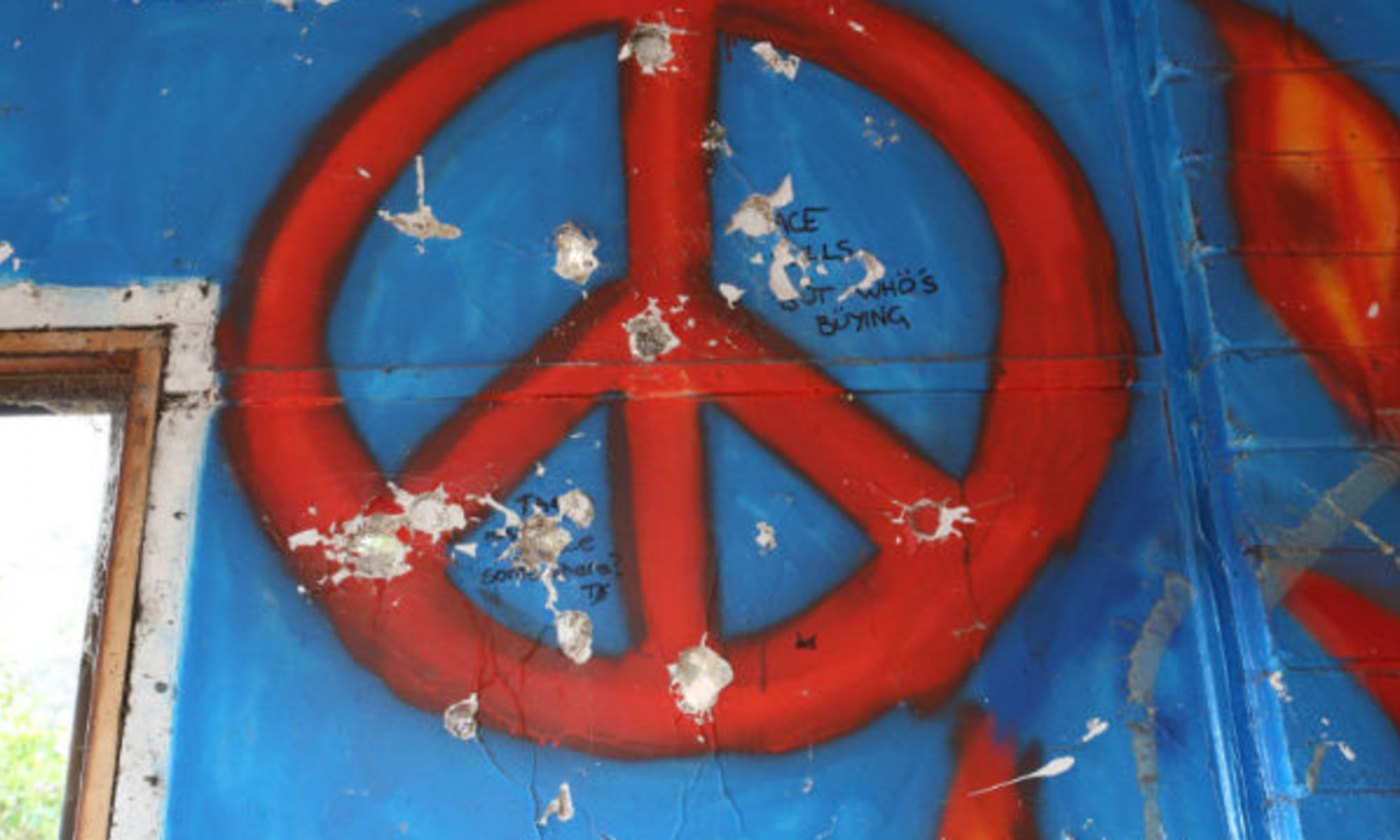By: Sarah Inskeep
On my way to Monterey last Sunday, I shared the shuttle from San Francisco with a diverse array of people, among them a musical group who spent most of the trip singing in Spanish.
“May we sing a song?” a woman had asked the driver.
“No,” he replied solemnly, then smiled and added, “you must sing many songs!”
And they did. Listening to them harmonizing with each other, I found myself thinking of how grateful I was that it was possible to spend a Sunday afternoon in that way.
It’s strange to think of other events that happened that Sunday, particularly the shooting at the Gilroy Garlic Festival, because it was not far from the route of our happy shuttle. The contrast has lingered in my mind throughout the week, leading me to wonder how our work of, and ideas about, peacebuilding apply in the context of the United States. For me, thinking of peacebuilding has often meant thinking of other countries, discussing what to do about structural violence in places far away. Yet, as a U.S. citizen, I find myself thinking often these days of how much work there is yet to do here.
During one of our sessions on Wednesday, we saw a bar graph of the most violent countries in the world. The United States did not come close to making the list. According to the United Nations Office on Drugs and Crime (UNODC), the U.S. ranks 88th in rate of intentional homicides per 1000 people. It was this graph that made me question how we measure the peacefulness of a society or nation. Turning to the Global Peace Index, I found the following map:

Reading about the methodology, I was intrigued. I was also, of course, immediately full of more questions and uncertainties. One uncertainty arose from thoughts of U.S. involvement in numerous international conflicts, directly through military action or indirectly through funding and provision of weapons or other resources. I know much is done to provide aid of non-violent forms as well, and do not at all mean to overlook that. Nevertheless, I wonder about how we can better understand the impact of different forms of intervention, for although the Global Peace Index accounts for immediate effects it’s difficult to discern and quantify longer-term consequences.
Another uncertainty arises from thoughts of the interconnected nature of the global economy and the global climate – from knowing that many conflicts arise as a result of the demand by developed countries like the United States for certain resources. This leads to thoughts of how many of the things we use and purchase day-to-day – food, clothes, electronics – are the result of long chains of production that, more often than not, are difficult to trace. Climate change and its effects are similarly intricate processes, in which the actions of any nation may affect numerous others around the world.
This web of connections has been a source of good things, but it has also resulted in systematic exploitation and dehumanization about which we often know quite little. Even when we do know, it’s another challenge to figure out what to do to make it better. So I wonder, if one nation’s progress toward peace in this interdependent system comes at such a cost, can we really call it progress?
I do not intend to be overly critical of my own country, or of the work that is being and has been done thus far. I am simply trying to understand how things fit together because, more and more, I find myself wondering if perhaps the only way for any country to be truly ‘green’ on the map is for all the others to be so, too.


